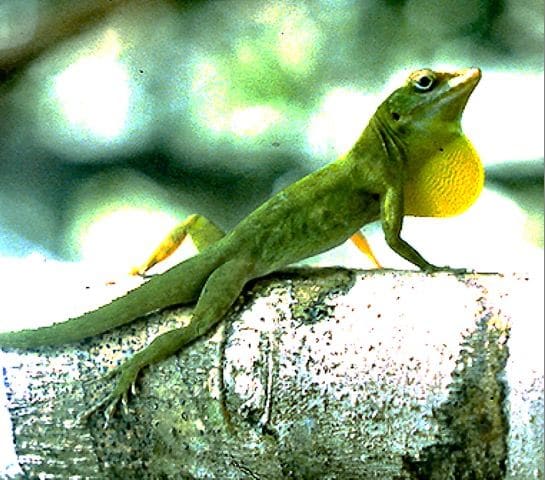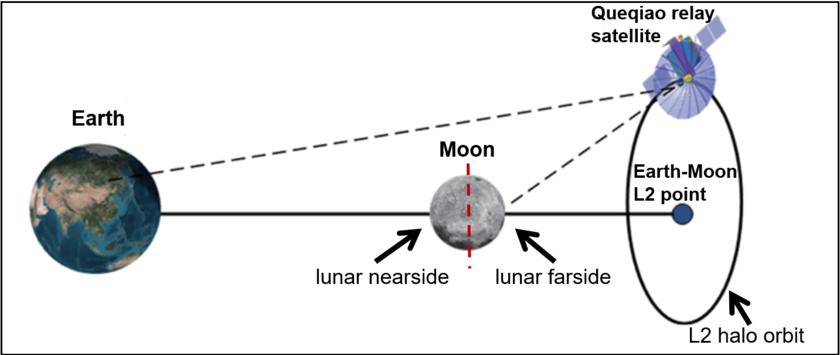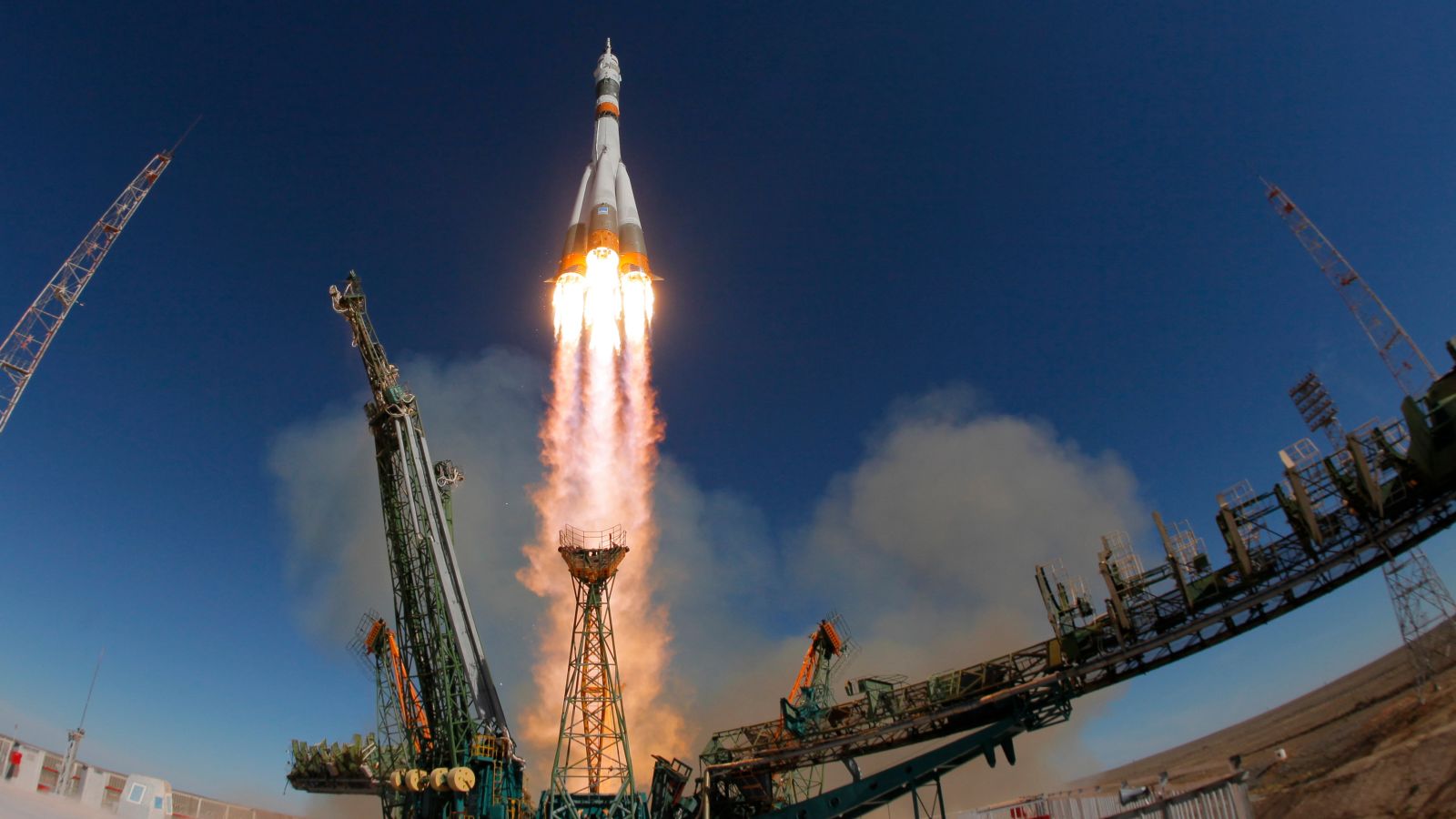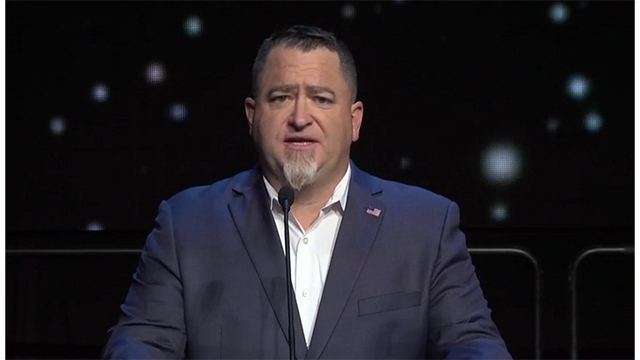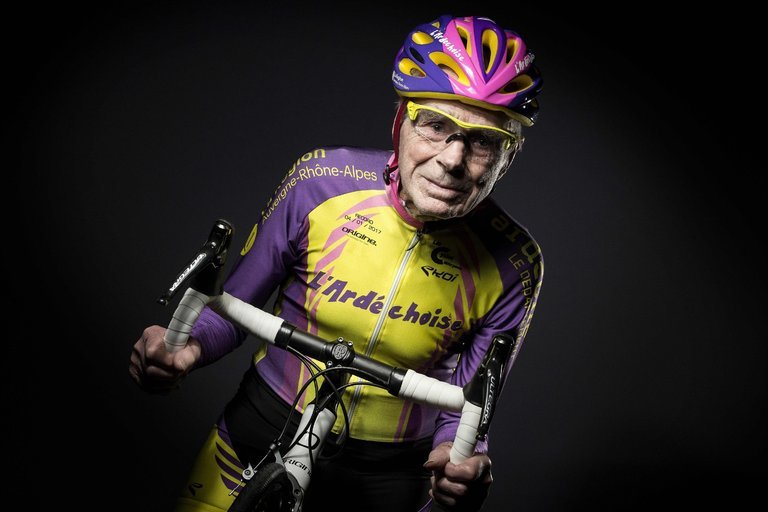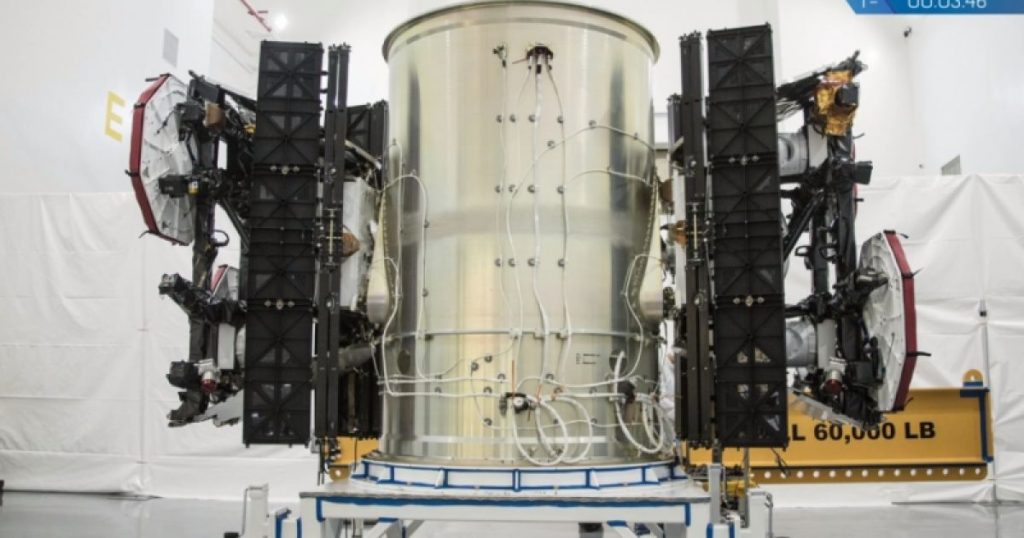
Starlink Microsat/TinTin
Update 1 March: I found the satellites!
As my family and I strolled our neighborhood at sunset, my eagle-eyed son spotted a light in the sky sliding slowly away from us before fading. At first we thought it was the International Space Station (ISS) but it was too dim for that. We decided it was a low-earth orbit satellite and the conversation shifted to SpaceX’s recent launch of two low-earth-orbit test satellites for their proposed satellite Internet service, Starlink.
I have no idea whether the satellite we watched is a Starlink Satellite (more formally called TinTin A & B and previously known as Microsat 2A and 2B). I didn’t have my satellite tracking app fired up on my phone at the time. It did get me thinking, though, that it would be fun to track the TinTin satellites to see what I could discover.
A search on the Internet reveals very little information about these birds. I have not yet found the two-line elements (TLE) which describe their orbits. They haven’t been mentioned on my satellite-tracking email list, either.
What if I could locate them, then what? I’d like to try to collect whatever telemetry is being broadcast, even if it’s just beeps. Better yet, I could capture the data stream from the Internet side but that would be challenging to do anything with as it’s said to be encrypted. The birds do have imagery capability. What if I could tune into that and download an image snapped from orbit? Wouldn’t that be cool!
Continue reading →

